Sludge Treatment (Sludge Infos, Thickening, Anaerobic Stabilization)
1/102
Earn XP
Description and Tags
(Sludge Infos, Thickening, Anaerobic Stabilization)
Name | Mastery | Learn | Test | Matching | Spaced |
|---|
No study sessions yet.
103 Terms
Sludge
refers to concentrating impurities into solid form and then separating these solids from the bulk liquid
quantity of sludge
higher the degree of wastewater
larger the?
Biosolid
end product of wastewater sludge treatment process
treated/ stabilized sludge
other term of biosolids
Webster Collegiate Dictionary
Define Biosolids
solid organic matter recovered from a sewage treatment process
McGraw Hill Dictionary of Scientific
Define Biosolids
biosolids as a recyclable, primarily organic solid material
screening
Description of Solids/ Sludge
all organic and inorganic materials large enough to be removed
Toxicity characteristic leaching procedure
A treatment for the materials coming from the preliminary tanks before treatment or disposal
grit
Description of Solids/ Sludge
heavier inorganic solids
scum/ grease
Description of Solids/ Sludge
floatable materials skimmed from the surface
primary sludge
Description of Solids/ Sludge
gray and slimy
extremely offensive odor
activated sludge
Description of Solids/ Sludge
brown flocculent appearance
septic tank
if the color is dark, sludge may be approaching a ?
under aeration
if the color is lighter than usual there may have been a?
good condition sludge
sludge inoffensive earthy odor
trickling filter sludge
Description of Solids/ Sludge
humus sludge
brownish
flocculent
inoffensive odor when fresh
aerobically digested biosolids
Description of Solids/ Sludge
brown to dark brown
flocculent appearance
not offensive odor - musty
dewater easily
twice of the CH4 gas produced
metal/ salts
Sludge from Chemical Precipitation
usually dark in color
What chemical is added to?
iron
Sludge from Chemical Precipitation
red color
What chemical is added to?
lime
Sludge from Chemical Precipitation
grayish brown
What chemical is added to?
chemical precipitation
Description of Solids/ Sludge
somewhat slimy, the hydrate of iron/ aluminum makes it gelatinous
sludge from tertiary (Advanced) treatment process
Description of Solids/ Sludge
depends on unit process
phosphorus
chemical sludge from ____ is difficult to handle and treat
Waste Activated Sludge
Description of Solids/ Sludge
Active Microbial mass
dark brown suspension
VSS 70-80%
Raw Sludge
Description of Solids/ Sludge
Other term form primary sludge
organic solids
grit inorganic fines
greasy
odorous slurry
PFRP - Process to Further Reduce Pathogens
test for class A
no pathogen related restriction for land application
PSRP - Process to Significantly Reduce Pathogens
test for Class B
reduce but do not eliminate pathogens
A
Primary Diseases for Class _
- reduce the pathogens in biosolids to below detectable levels
fecal coliform
salmonella sp.
bacteria
enteric viruses
parasites
viable helminth ova
B
Class _ reqs ensure that pathogens are reduced and unlikely to pose a threat to public health
3 MPN per 4g of dry solids
Class A
Salmonella sp. in biosolids must be less than __
1000
Class A
Fecal Coliform in biosolids must be less than ___
1
Class A Biosolids Alternative #?
Time and Temperature
2
Class A Biosolids Alternative #?
pH and time
pH above 12 - 72h and keeps it at 520C for 12h
3
Class A Biosolids Alternative #?
enteric viruses and helminths ova - one plaque-forming unit (PFU) per 4g of dry solids
4
Class A Biosolids Alternative #?
analysis w/ unidentified treatment process
analysis of the pathogens
5
Class A Biosolids Alternative #?
PFRP process
6
Class A Biosolids Alternative #?
PFRP equivalent process
55C for 3days
> or = 180C for 30mins
PFRP Class A
Composting - temp & time
Heat Treatment - temp & time
Heat Drying
PFRP Class A
dewatered biosolids are dried by direct or indirect contact w hot gases to reduce water content to 10%
thermophilic aerobic digestion
PFRP Class A
liq biosolids are agitated w air or no oxygen to maintain aerobic conditions and the MCRT is 10d at 55-60C
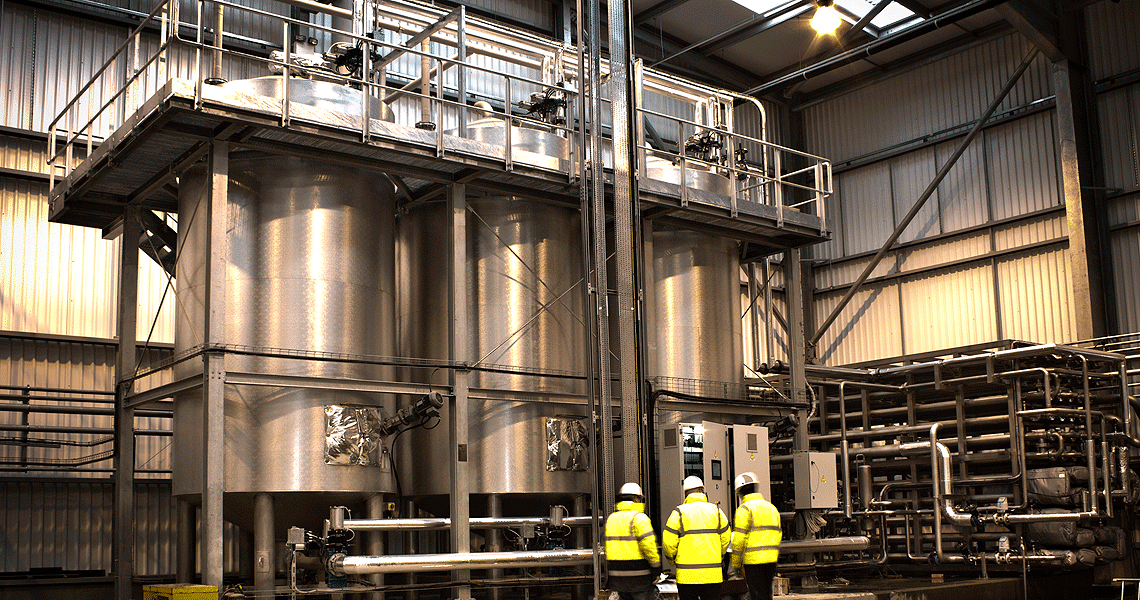
pasteurization
PFRP Class A
temperature of biosolids is maintained at > or = 70C for 30minutes
> or = 40C for 5days
PSRP Class B
Composting - temp and time
air drying
PSRP Class B
dried on sand beds or on paved or unpaved basins min 3 months
40d 55C and 60d at 60C
PSRP Class B
aerobic digestion - agitated w air or no oxygen to maintain aerobic conditions, for an SRT and temp bet __
35 to 55C
60C
PSRP Class B
anaerobic digestion
SRT 15 days temp _
SRT 60 days temp _
Lime stabilization
PSRP Class B
chemical is added to raise pH of the biosolids to pH 12 and maintained for 2hrs of contact
Sludge Thickening
procedure used to increase solids
removing PORTION of the liq
by gravity or flotation
not to thicken greater than 10%
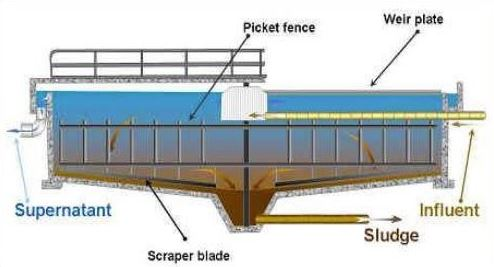
Gravity thickening
equipment is similar design to a conventional sedimentation basin
normal solids loading rate from 30-60 kg solids per sq.m of tank bottom per day
best for primary sludge/ raw sludge (heavier)
coagulant
improve settling; chemical conditioning
18h minimum
activated sludge residence time in the thickener
1-3% to 10%
in gravity thickening, purely primary sludge can be thickened from
SVR - Sludge Volume Ratio
volume of the sludge blanket held in the thickener divided by the volume of the thickened sludge removed daily
0.5 to 20days values
lower values are during warm weather - temp as catalyst
Sludge Blanket
depths may range from 0.5 to 2.5m
shallower depths are maintained in warmer months
2-3 ft for thickening
ferric chloride
reduce hydrogen sulfide in the anaerobic digester
co settling thickening
when primary clarifiers are used to thicken solid for downstream processing
SRT 12-24 hrs
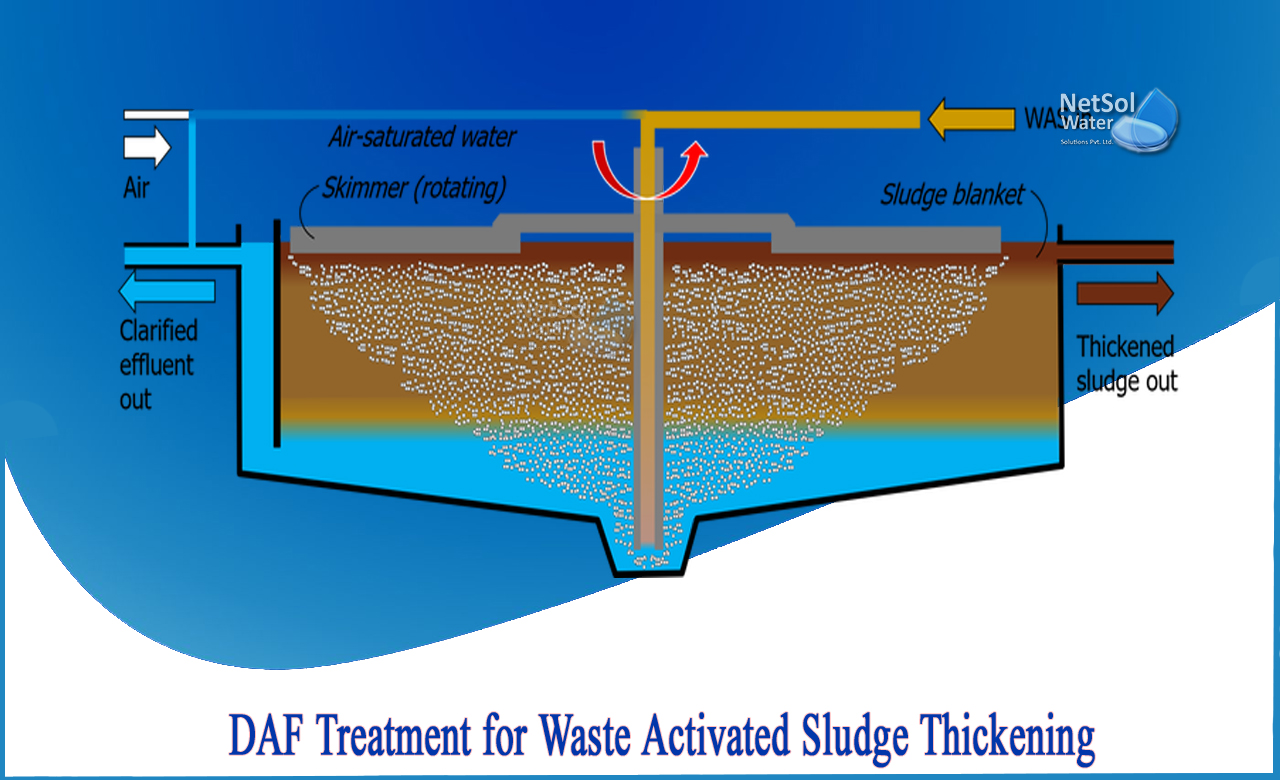
flotation thickener
releasing fine air bubbles that attach to sludge particles
dissolved air flotation (DAF)
Air to solid ratio
FACTORS NEED TO BE CONSIDERED IN THE DESIGN OF DAF SYSTEM
most important factor affecting the performance
most municipal ww - 0.02:1 to 0.06:1
hydraulic loading
FACTORS NEED TO BE CONSIDERED IN THE DESIGN OF DAF SYSTEM
typical design - 30 to 120cu.m/d - sq.m
sum of feed and recycle flow rate / net available flotation area
polymer addition
FACTORS NEED TO BE CONSIDERED IN THE DESIGN OF DAF SYSTEM
typica dosage - 2-5g dry polymer/ kg of dry feed solids
Bench Scale testing used for the dosage
solids loading rate
FACTORS NEED TO BE CONSIDERED IN THE DESIGN OF DAF SYSTEM
mass of solids /hour / effective flotation are
2-5 kg/h - sq.m
adding polymer
increase loading rate to 50-100%
solids float concentration increases 0.5-1%
centrifuge
used as thickening device for activated sludge or as a dewatering process for digested or chemically conditioned sludge
centrate
clear liquid from centrifuge
centrifugal application
limited application to WAS from secondary clarifier

solid bowl centrifuge
TYPE OF CENTRIFUGE
most widely used
rotates along horizontal axis
continuous feed
gravitational forces causes the solids to settle out on the inner surface
rotating bowl
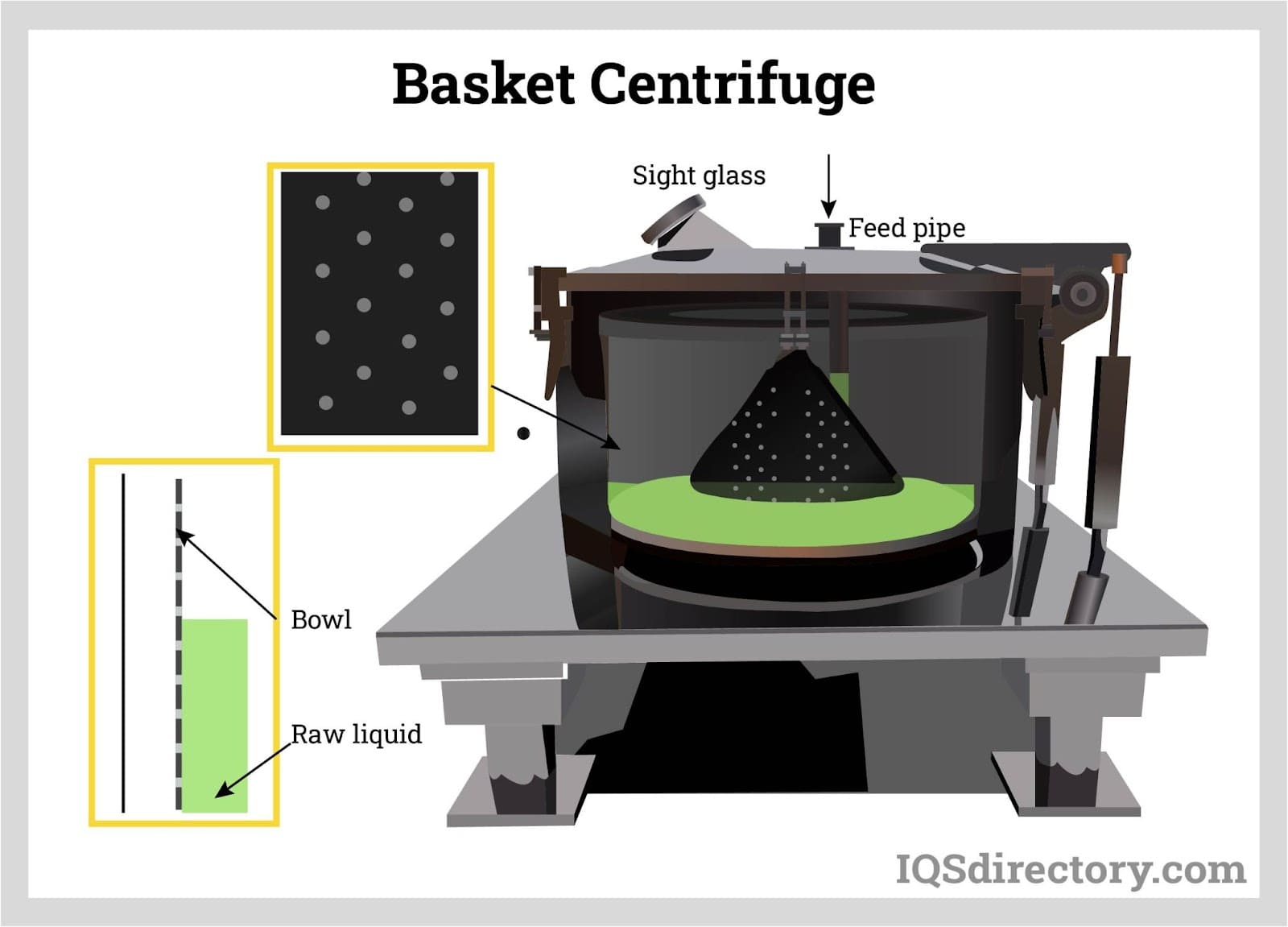
basket centrifuge
TYPE OF CENTRIFUGE
imperforate bowl
knife discharge type
operate in batch basis
vertically mounted spinning bowl
solid accumulate against the wall; centrate is decanted
60-85% max depth
suited for soft or fine solids that are difficult to filter
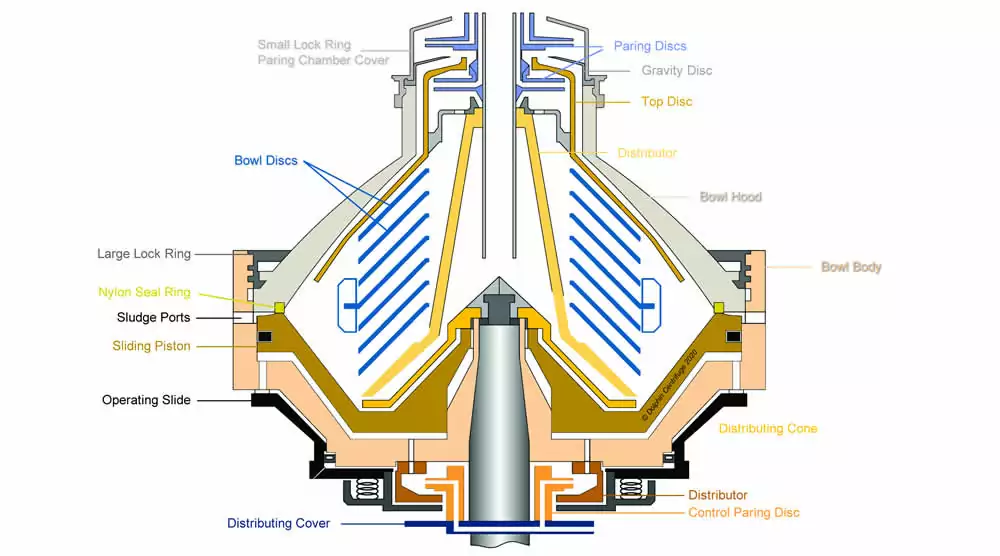
disc nozzle centrifuge
TYPE OF CENTRIFUGE
rotates along vertical axis
continuous feed
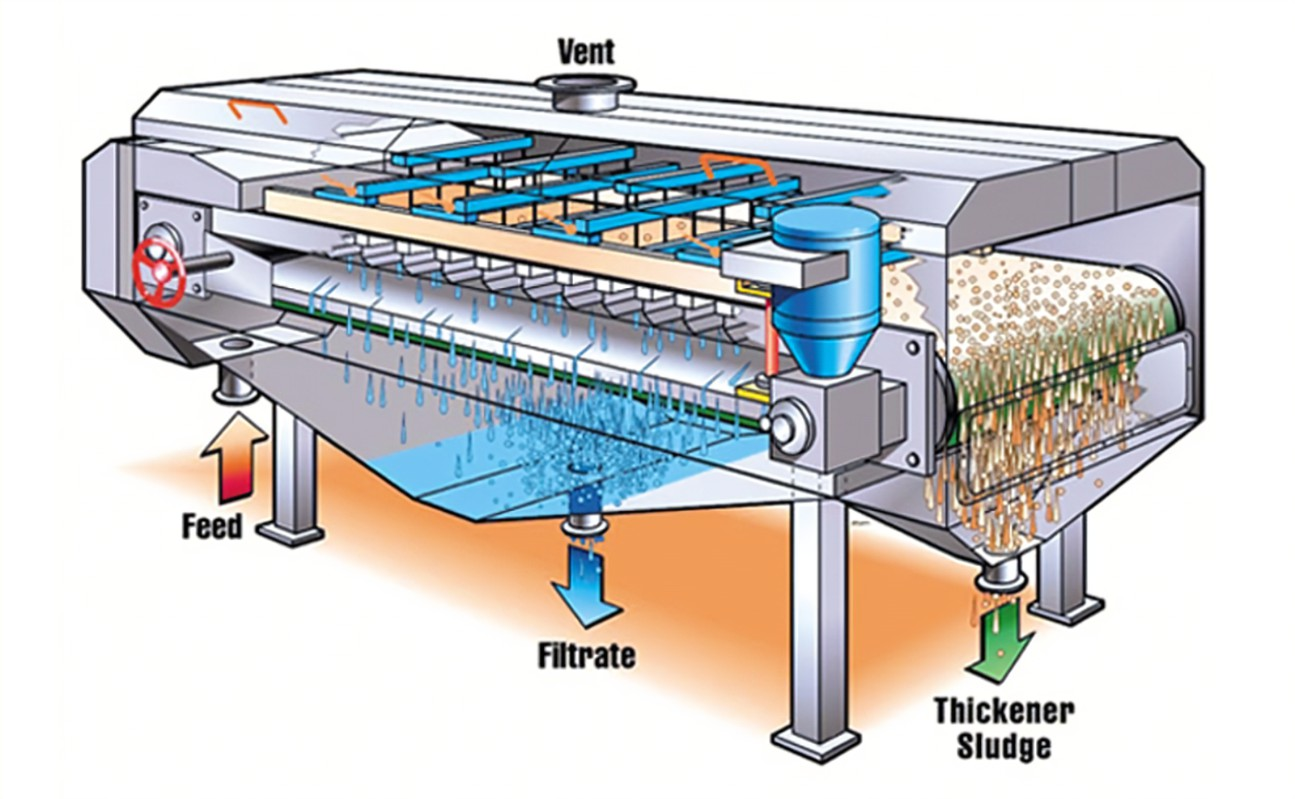
gravity belt thickener
application of belt presses for sludge dewatering
required polymer conditioning
continuously moving permeable fabric belt
dewatered sludge falls into a small hopper at the end of the belt for pumping
used for
WAS
anaerobically and aerobically digested sludge
industrial sludge

rotary drum thickener
similarly to gravity belt
as a pre thickening step before belt press dewatering
used in
small to med plants for WAS thickening
sludge stabilization (digestion)
REQUIRED treatment
purpose
reduce pathogens
eliminate offensive odors
inhibit reduce or eliminate the potential for putrefaction
safe to handled
used as soil conditioners
alkaline stabilization
METHODS FOR SLUDGE STABILIZATION
usually w lime (slaked lime- calcium hydroxide)
lime is added to untreated sludge to raise the pH to 12 or higher
high pH eliminate/ reduce
microbial reactions
odor production
vector attraction
can inactive microorganisms present
lime stabilization
METHODS OF ALKALINE STABILIZATION
adding chemicals and min 2h contact
hydrated lime Ca(OH)2
Quicklime CaO
disadvantage - temporary
musca domestica
example of vector that attract in offensive odor? other term for housefly
pH 11
if the pH drops in __, renewed bacteria and pathogen growth reoccur
lime post treatment
METHODS OF ALKALINE STABILIZATION
for dewatered wastewater treatment plant sludge using lime
advantages
dry lime can be used- no addt water is added to dewatered sludge
no special reqs
adequate mixing is critical to avoid pockets of putrescible material (can cause rot or bad smell) and to ensure contact of lime and sludge
Anaerobic Digestion
METHODS FOR SLUDGE STABILIZATION
oldest process, 1850s
commonly used for high organic load
decomposition of organic and inorganic matter
chemical and biochemical reactions
3 types of ____ that occur in anaerobic digestion
hydrolysis
fermentation
methanogenesis
procaryotic
microbial communities in anaerobic operations are primarily __
hydrolysis
type of chemical and biochemical reactions that occur in anaerobic digestion
solubilization and size reduction
addition of water and breakage of chemical bonds
cellulases
enzymes that breakdown celluloses
amylases
enzymes breakdown starch into sugar
proteases
enzymes breakdown of protein bonds into amino acids
Hydrolytic and Fermentive Bacteria
examples are
Bacteroides (Human Gut; Colon in human, dog, cat & soil)
clostridia
bifidobacteria (probiotic food, milk, breastmilk)
Acidogenesis (Acid production Process) - acidogenic bacteria
another type of chemical and biochemical reactions that occur in anaerobic digestion is fermentation that has two important groups
conversion of simple sugars, amino acids & fatty acids to
organic acid such as
acetate, butyrate, formate, lactate, succinate
alcohols
ethanol and methanol
acetone
carbon dioxide, hydrogen, water
volatile and malodorous (bad odor) & can be used directly methane forming bacteria
characteristic of end product from Acidogenesis (Acid production Process)
Acetogenesis - acetogenic bacteria
another type of chemical and biochemical reactions that occur in anaerobic digestion is fermentation that has two important groups
conversion of organic acids and alcohol to acetic acid
acetate & hydrogen and can be used directly methane forming bacteria
end product or produced by Acetogenesis - acetogenic bacteria
fermentation
What type of chemical and biochemical reactions that occur in anaerobic digestion that is involved in several significant operational conditions like the following
production of
malodorous organic compounds
PHB granule
substrate for methane forming bacteria
rapid and undesired growth of septic loving filamentous organisms
rising sludge in secondary clarifiers and thickeners
methanogenesis
type of chemical and biochemical reactions that occur in anaerobic digestion
carried out by the organisms methanogens (methane formers)
Aceticlastic (Acetoclastic) methanogens
another type of chemical and biochemical reactions that occur in anaerobic digestion is methanogenesis
what group is this?
most common
produce most of the methane
produce methane by splitting acetate
split acetate into CH4 and CO2
methanosarcina and methanothrix (methanosaeta) are the ONLY ORGANISM TO USE acetate and produce CH4 and CO2
Hydrogen-utilizing methanogens (hydrogenotropic methanogens)
another type of chemical and biochemical reactions that occur in anaerobic digestion is methanogenesis
what group is this?
H2 as electron donor
CO2 as electron acceptor
produce 30% of all CH4
Methylotrophic methanogens
another type of chemical and biochemical reactions that occur in anaerobic digestion is methanogenesis
what group is this?
rare
produce relatively small quantity of methane
produce CH4 by removing methyl (-CH3) groups for simple substrate
ACETATE
CH3COOH
CARBON DIOXIDE
CO2
CARBON MONOXIDE
CO
FORMATE
HCOOH
HYDROGEN
H2
METHANOL
CH3OH
METHYLAMINE
CH3NH2
methane forming bacteria/ methanogens
group of archaea
bacillus, coccus and spirillum
oxygen sensitive anaerobes
found in rich in degradable organic compounds
live in animal digestive tract
live bet. mesophilic 30-35C and thermophilic 50-60C
40-50C almost all of them
active in pH 6.8-7.2
reproduce very slow 3-30 days
produce very few sludge
0.2 lbs of sludge/ lb of substrate degraded
Decreasing pH
In what condition this reaction will happen?
methane forming bacteria/ methanogens - less active
fermentive bacteria - active and continue to produce fatty acid